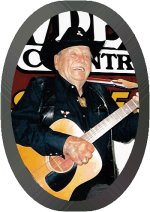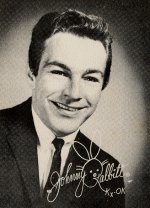Radio HOF
White, Jim
 Jim White – Legacy
Jim White – Legacy
Jim White held forth at KMOX as a fixture in the nighttime hours for 20 of his 30 years at the station, retiring in 1999.
Because KMOX enjoyed clear channel status with 50,000 watts of power, his show was often heard over much of North America.
White came to St. Louis from KDKA in Pittsburgh in 1969, and like many people at KMOX, he worked many different jobs and shifts. At one time, he was program director, news director and program host.
He made irascibility a mainstay of the overnight show, often cutting off callers in midstream if he considered them boring.
White even gave himself an on-air nickname, “The Big Bumper,” which he said was due to his size and airshift – a not-so-vague reference to things that go bump in the night.


